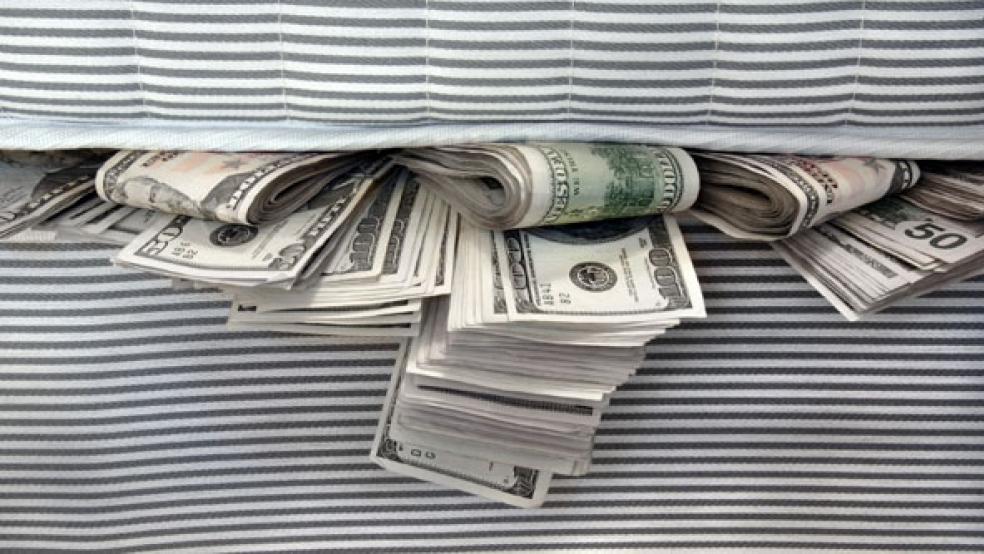U.S. states got hammered by the Great Recession, but they’re now better prepared than ever for the next economic downturn, according to a report released Thursday by the National Association of State Budget Officers.
More than half the states report their fiscal 2019 revenue collections coming in ahead of projections, and that number is expected to grow. Buoyed by such rising tax collections, state governments have been padding their rainy-day funds, which have grown to an estimated $68.2 billion and are projected to reach $74.7 billion by the end of fiscal 2020. Though fiscal conditions still vary significantly by state, the median rainy-day fund now covers about 7.5% of general fund spending, the highest on record and up from 1.6% in fiscal 2010.
While the bolstered rainy-day funds should help states avoid steep spending cuts in an eventual recession, many states have already tightened their fiscal belts. In half of the states, general fund spending levels for fiscal 2019 are already below where they were in fiscal 2008, after adjusting for inflation. Nine states have spending levels for fiscal 2019 that are more than 10% below their pre-recession peak, the report says, while seven states will have expenditures more than 10% above 2008 levels. “This variation is due to a combination of factors, including demographic trends, regional disparities in economic performance, significant fluctuations in oil and gas prices for energy-rich states, and fiscal policy decisions,” the report says.
Bloomberg’s Amanda Albright reports that states — and local governments — have been more reticent to borrow, even if that means public works projects go undone.
“The decade-long economic expansion has left surpluses where there were once deficits, interest rates are veering back toward more than half-century lows and there’s hundreds of billions of dollars of spending needed to refurbish roads, sewers and public transportation systems,” Albright writes. “Yet around the country, governments are showing little interest in borrowing money, cautious that a recession that by some measures seems overdue could resurrect the years of austerity that followed the last one.”
The purse strings have loosened, though, as state coffers have been replenished. States boosted spending by an estimated 5.8% in fiscal 2019, the fastest year-over-year growth since 2007. And the recent growth in tax collections has led governors to propose moderate additional increases of 3.7% for fiscal 2020. All but three states have proposed spending hikes, with governors proposing increases totaling $30.8 billion, including $14.1 billion in new money for K–12 education and $3.6 billion for higher education, the report says.
Even so, the report adds that “all states to some extent are facing long-term spending pressures in areas ranging from fixed costs such as health care and pension contributions to adequately funding education and infrastructure.”





